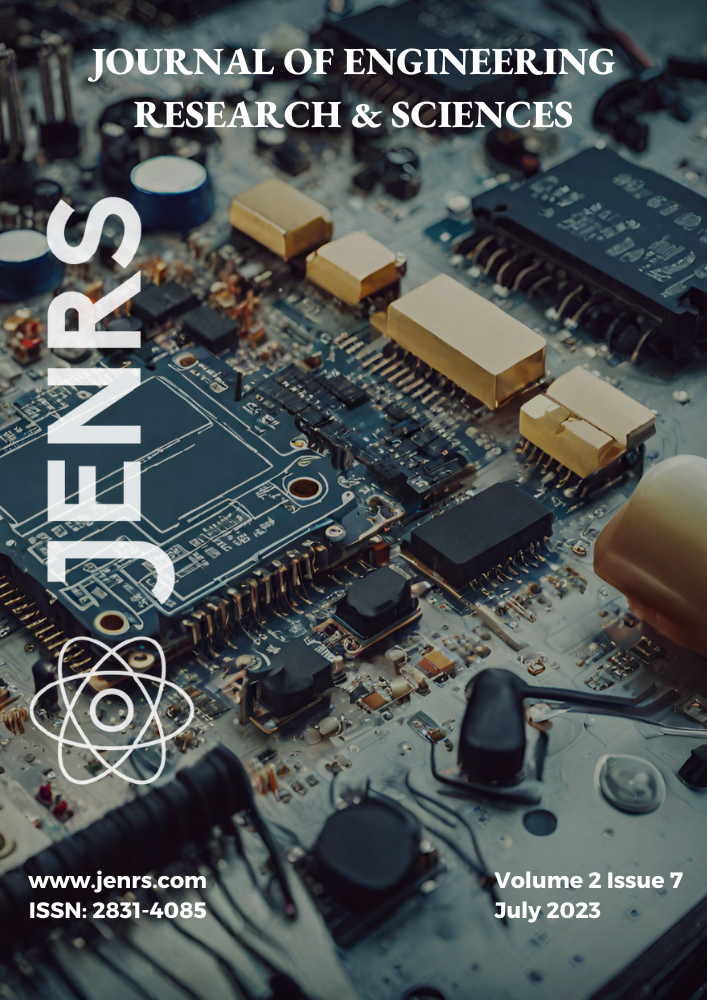
Volume 2, Issue 7
Download Complete Issue
This issue presents a research paper about a new way to measure AC voltage more accurately and quickly. The researchers developed a special device that can measure the strength of alternating current (AC) electricity very fast. This device uses a method called “iterative additive error correction” to fix any small mistakes in its measurements. This makes the readings very accurate. The new method is faster and more precise than older ways of measuring AC voltage. This improvement could be useful in many areas where we need to measure electricity, like in power plants, factories, or even in home appliances.
Front Cover
Publication Month: July 2023, Page(s): i – i
Editorial Board
Publication Month: July 2023, Page(s): ii – ii
Editorial
Publication Month: July 2023, Page(s): iii – iii
Table of Contents
Publication Month: July 2023, Page(s): iv – iv
Fast AC voltage RMS measuring converter with iterative additive error correction which implements an iteratively integrating conversion method is considered. The use of this converter allows a high conversion rate to be achieved. Error analysis of this converter іs described. Bаsіc equations fоr the determing the convergence condition for the error correction process and the process of establishing the converter output voltage, the absolute and relative conversion errors, as well as the number of conversion cycles at which the conversion error becomes less than the specified one. The possibility of achieving a high conversion speed of the considered converter just due to the use of an iteratively integrating average voltage converter as a low-pass filter is shown. A significant disadvantage of the converter in question is the dependency of the conversion speed on the frequency of the input voltage. This factor limits the possible frequency range. However, if the frequency range is sufficiently narrow or the frequency is constant, a high conversion speed can be achieved in this converter.

